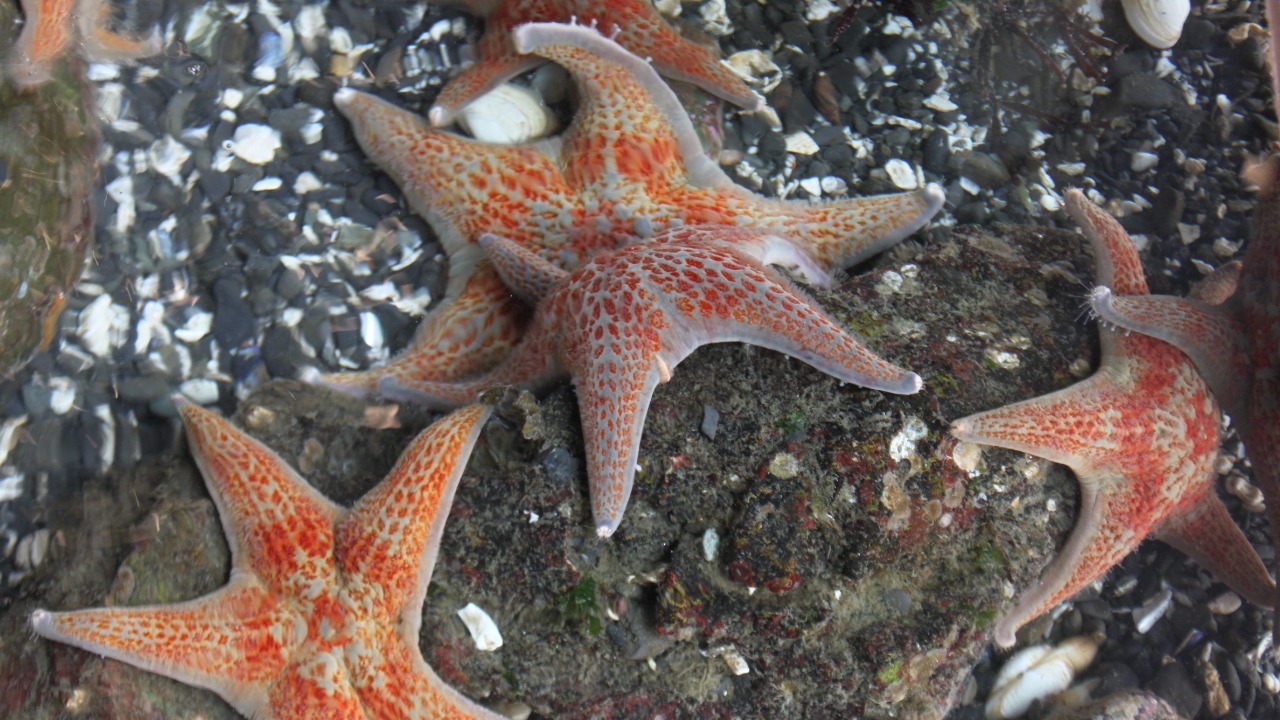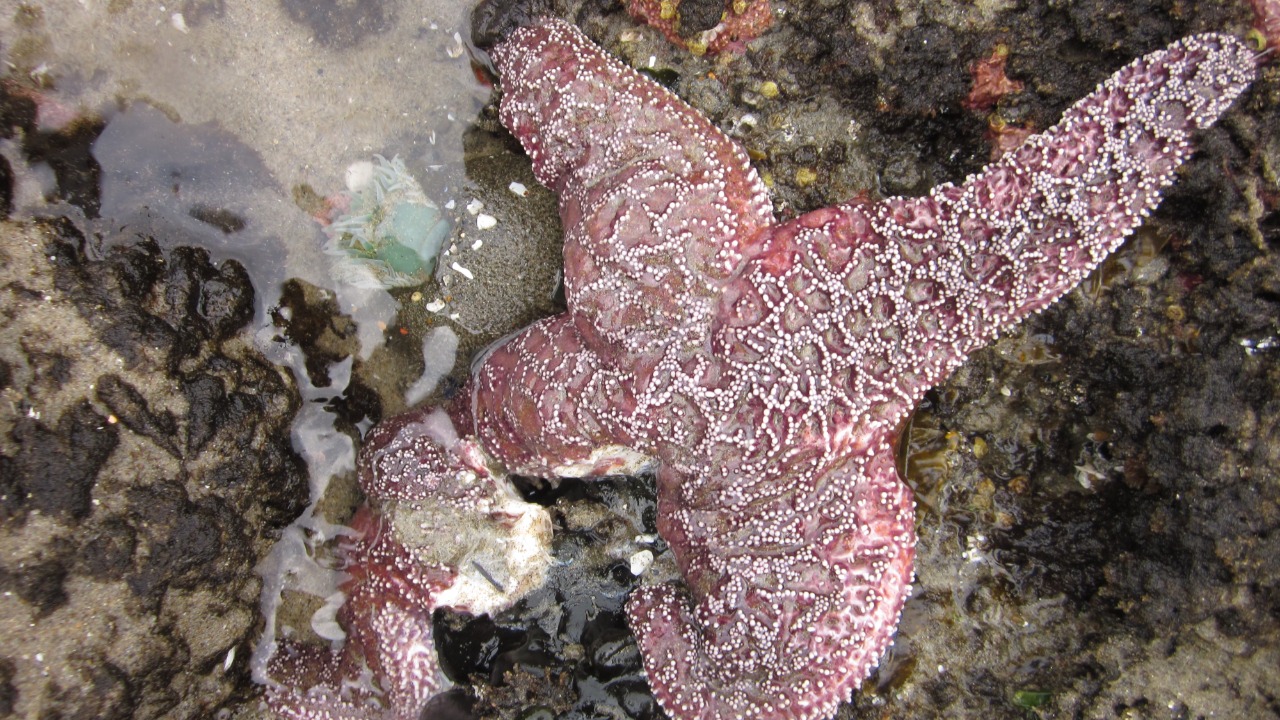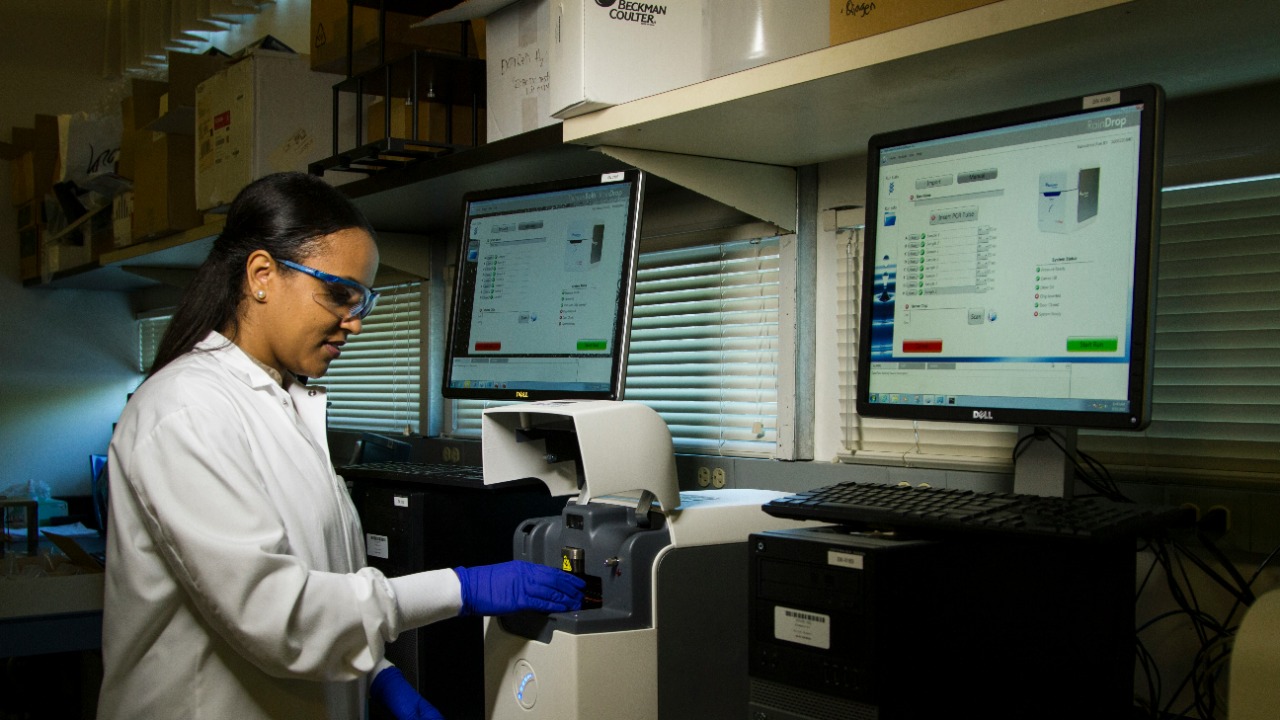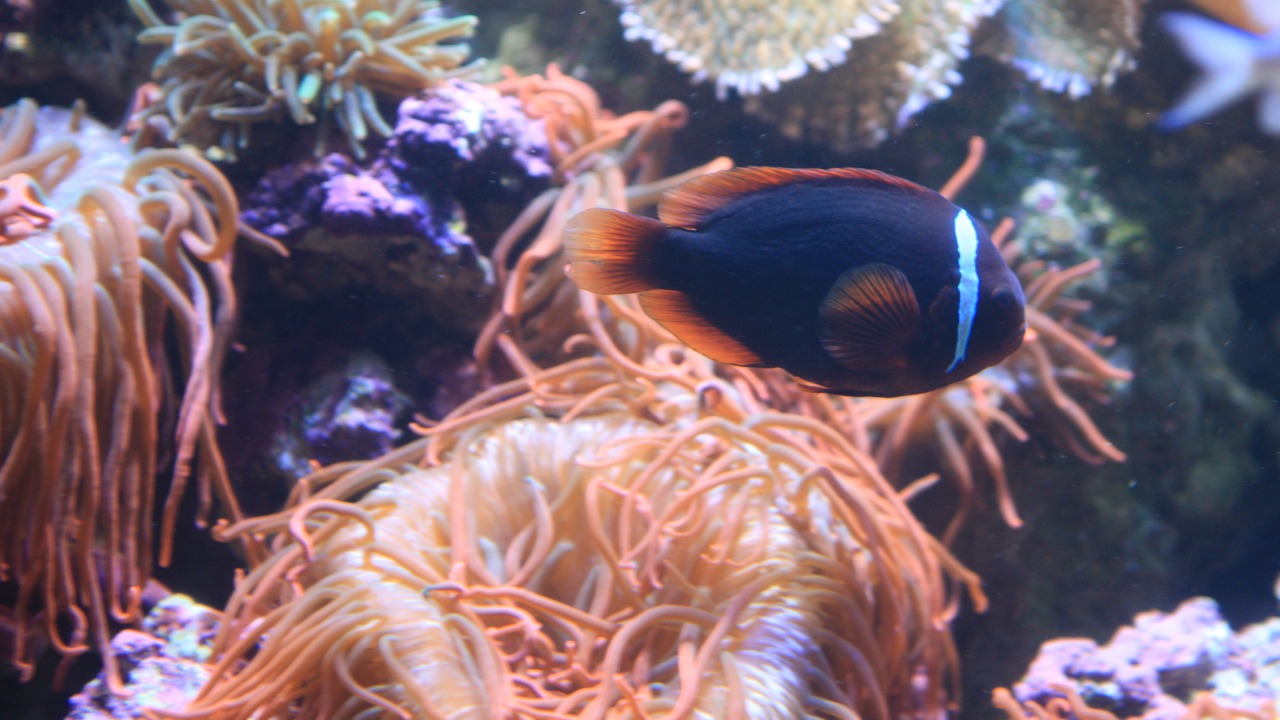
In a groundbreaking revelation, scientists have cracked the enigma behind the mass die-off of over 5 billion sea stars. This catastrophic event, which puzzled marine biologists for years, has now been attributed to a combination of environmental factors and pathogenic influences. Understanding this phenomenon is crucial for marine conservation efforts and highlights the intricate balance within ocean ecosystems.
The Mysterious Die-Off

Overview of the Sea Star Wasting Syndrome (SSWS)
The Sea Star Wasting Syndrome (SSWS) has been a devastating condition affecting a wide range of sea star species across the Pacific coastline. Characterized by symptoms such as white lesions, deflation, and limb detachment, the disease progresses rapidly, often leading to the disintegration of the sea star’s body within days. This alarming rate of deterioration left marine biologists and ecologists in a race against time to understand and address the root causes of this widespread mortality.
The outbreak of SSWS was first observed in 2013, but historical records suggest that smaller, isolated incidents may have occurred in the past. However, the scale of the 2013 event was unprecedented, resulting in the decimation of sea star populations from Alaska to Baja California. The impact on marine biodiversity was profound, as sea stars play a crucial role in maintaining the balance of the ocean floor ecosystems. Their decline led to cascading effects on other marine species, disrupting the intricate web of life within these habitats.
Initial Theories and Hypotheses
In the early days of the SSWS outbreak, researchers proposed several theories to explain the cause of the syndrome. Some speculated that pollution, particularly the presence of heavy metals and other toxic substances, might be compromising the sea stars’ immune systems. Others pointed to climate change as a potential factor, noting that rising sea temperatures could be creating a more favorable environment for pathogens to thrive.
Despite these hypotheses, some researchers were initially skeptical about the role of environmental stressors. They argued that other factors, such as genetic predisposition or an unknown pathogen, might be primarily responsible. This divergence in scientific opinion underscored the complexity of the issue and the need for comprehensive research to identify the true drivers behind the mass die-off.
Scientific Breakthroughs

Recent Research Findings
After years of extensive research, a significant breakthrough occurred with the identification of the densovirus as the primary pathogen linked to SSWS. This finding was the result of a collaborative effort between international research teams who utilized advanced genomic technologies to analyze tissue samples from affected sea stars. By tracing the genetic material of the virus, scientists were able to establish a direct correlation between the presence of the densovirus and the onset of SSWS symptoms.
The identification of the densovirus marked a pivotal moment in the investigation, providing a concrete target for further study and potential mitigation strategies. The research teams’ ability to pinpoint this pathogen was made possible through the integration of cutting-edge technology and interdisciplinary collaboration, highlighting the importance of global scientific partnerships in addressing complex ecological challenges.
Methodologies Employed
To unravel the mystery of SSWS, researchers employed a variety of innovative methodologies. Genomic sequencing played a crucial role in tracing the origins of the densovirus and understanding its transmission pathways. This technique allowed scientists to compare the genetic material of the virus found in affected sea stars with other known viral strains, providing insights into how the pathogen evolved and spread across different regions.
In addition to laboratory-based analyses, field studies were conducted to observe the progression of the disease in natural settings. Researchers deployed underwater cameras and conducted regular surveys to monitor sea star populations and document the onset and spread of SSWS symptoms. These comprehensive approaches enabled scientists to gather a wealth of data, ultimately leading to a more nuanced understanding of the disease and its environmental triggers.
Environmental and Ecological Implications

Impact on Marine Ecosystems
The decline of sea star populations has had a profound impact on marine ecosystems, given their role as keystone species. Sea stars are vital predators within oceanic food chains, helping to control the population of other marine organisms such as mussels and sea urchins. Their absence has led to imbalances, resulting in the overpopulation of certain species and the subsequent degradation of habitat structures.
For example, the unchecked growth of sea urchin populations, in the absence of sea star predation, has led to the destruction of kelp forests, which are critical habitats for a diverse array of marine life. This domino effect illustrates the interconnectedness of marine ecosystems and underscores the importance of maintaining biodiversity to ensure the resilience and health of ocean environments.
Climate Change Connection
Climate change has emerged as a significant factor influencing the dynamics of SSWS outbreaks. Rising ocean temperatures are believed to exacerbate the spread of viral pathogens like the densovirus by creating more favorable conditions for their proliferation. Warmer waters can weaken the immune systems of sea stars, making them more susceptible to infections and less able to recover from disease.
Moreover, human activities such as pollution and habitat destruction further compound the challenges faced by marine ecosystems. The interplay between these factors highlights the urgent need for comprehensive strategies to protect ocean health. Addressing climate change and reducing human-induced stressors are essential components of any effective conservation effort aimed at preserving marine biodiversity and preventing future outbreaks of SSWS.
Conservation Efforts and Future Directions

Strategies for Mitigating Future Outbreaks
In response to the SSWS crisis, researchers and conservationists are developing strategies to mitigate future outbreaks and protect sea star populations. Initiatives such as monitoring programs and habitat restoration projects are being implemented to track the health of sea star populations and enhance their resilience to environmental stressors. These efforts are complemented by public awareness campaigns aimed at educating communities about the importance of marine conservation and the steps they can take to reduce their ecological footprint.
Policy changes are also being advocated to address the root causes of SSWS and promote sustainable practices. By fostering collaboration between scientists, policymakers, and the public, there is hope for creating a more sustainable future for marine ecosystems and ensuring the survival of sea stars and other vulnerable species.
The Road Ahead for Marine Conservation
Looking ahead, the prospects for restoring affected ecosystems and maintaining oceanic health are both challenging and promising. The knowledge gained from the SSWS investigation provides a foundation for future research and conservation initiatives. By leveraging advances in technology and fostering international cooperation, the scientific community is better equipped to address the complex issues facing our oceans.
Long-term goals for marine conservation include not only restoring sea star populations but also enhancing the overall resilience of ocean ecosystems. This involves protecting critical habitats, reducing pollution, and mitigating the impacts of climate change. By adopting a holistic approach to ocean conservation, there is potential to safeguard the biodiversity and health of marine environments for future generations.
For more detailed insights and the scientific underpinnings of these findings, you can explore additional resources such as this comprehensive study or delve into the historical context provided in this scholarly article. Each piece of research contributes to our growing understanding of sea stars and their critical role in marine ecosystems.